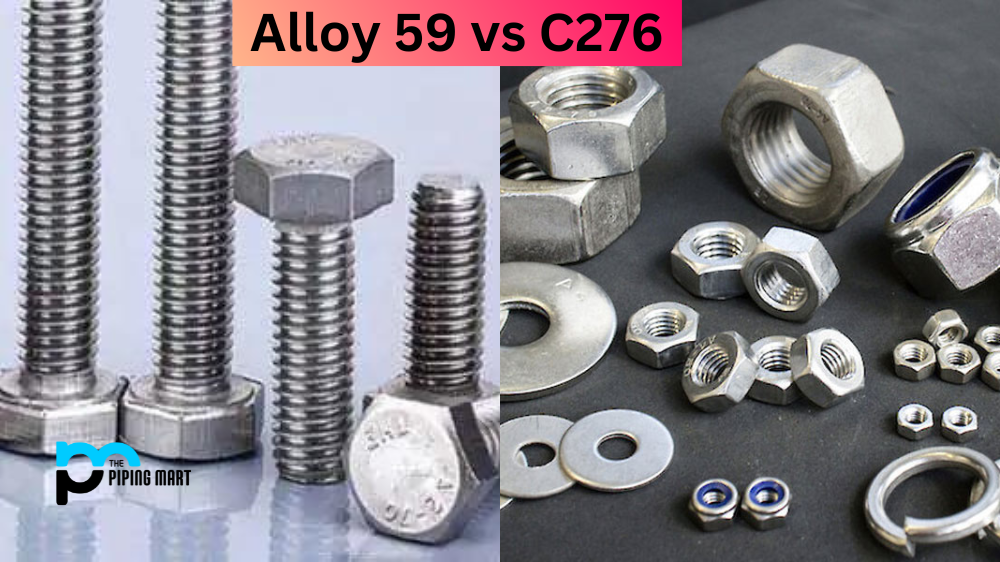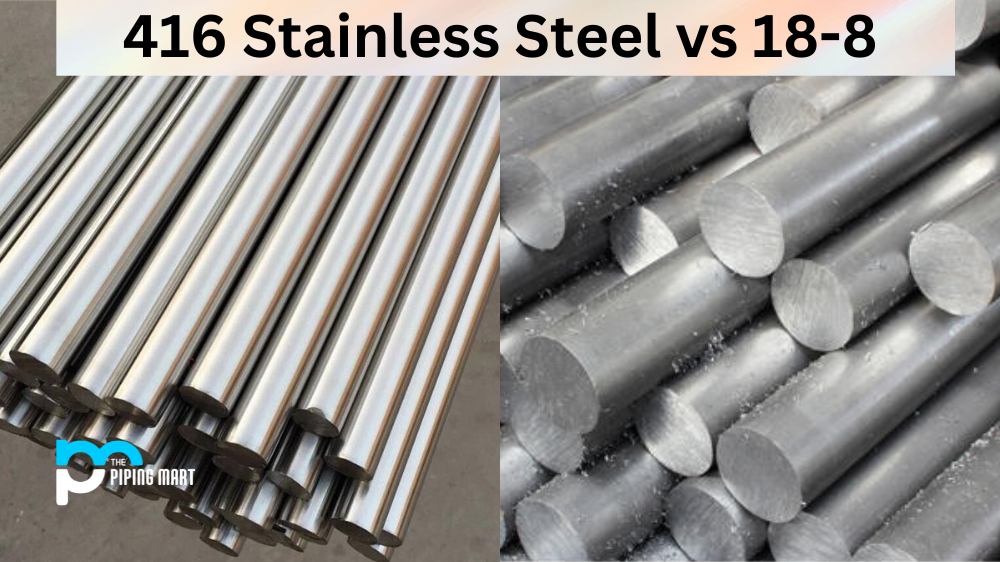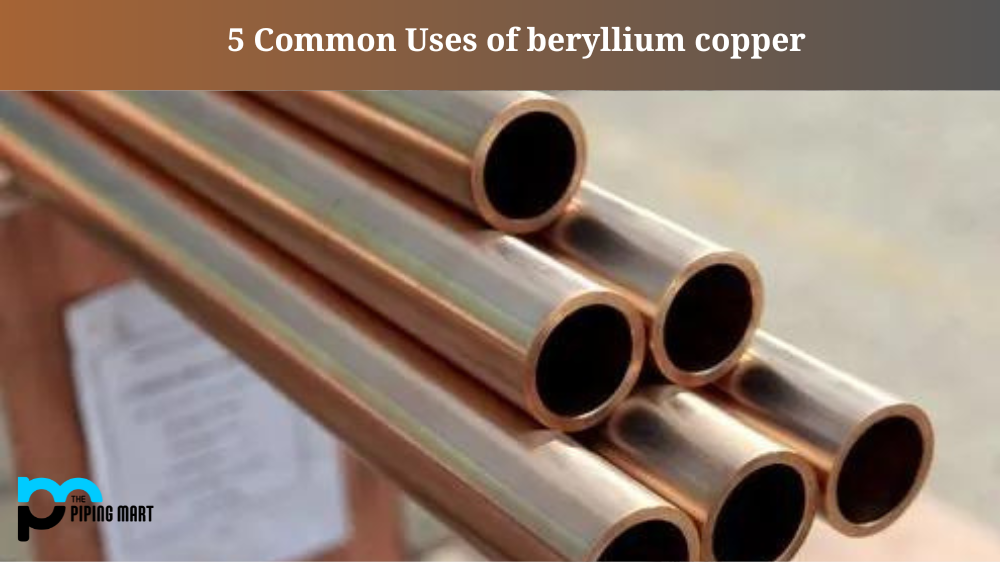Nickel alloys are increasingly popular in the industrial and commercial manufacturing world. Alloy 59 and C276 are two of the most coveted nickel alloys on the market, but which one is best for your particular application? Let’s explore their similarities and differences to determine which alloy is right for you.
Alloy 59
Alloy 59 is a nickel-chromium alloy that offers excellent resistance to both oxidizing and reducing environments. The alloy also has good resistance to stress-corrosion cracking, pitting, and crevice corrosion. Alloy 59 is typically used in chemical processing, pollution control, and power generation applications.
C276
C276 is a nickel-chromium-molybdenum alloy that offers excellent resistance to both oxidizing and reducing environments. The alloy also has good resistance to stress-corrosion cracking, pitting, and crevice corrosion. C276 is typically used in chemical processing, pollution control, and power generation applications.
Difference Between Alloy 59 and C276
Physical Properties
Alloy 59 and C276 are both made from nickel, molybdenum, chromium, iron, and tungsten. Alloy 59 has a higher nickel content than C276 (59% vs 55%), but its molybdenum content is lower (3% vs 14%). As a result, it has a slightly different physical makeup than C276. For example, Alloy 59 has greater ductility and malleability than C276, making it easier to shape into complex shapes or intricate details. It also has better weldability compared to C276.
Chemical Properties
Alloy 59 offers superior corrosion resistance compared to C276 in many environments due to its higher nickel content. It exhibits excellent corrosion resistance in chloride-containing environments such as seawater or brine solutions. However, when exposed to oxidizing acids like sulfuric acid and hydrochloric acid, Alloy 59 will corrode more quickly than C276 due to its lower molybdenum content.
C276 offers superior resistance to oxidation at high temperatures—upwards of 1120°F (600°C). At these elevated temperatures, Alloy 59 becomes brittle while maintaining its strength, thanks to its higher molybdenum content. This makes it an ideal choice for applications that require elevated temperatures, such as steam superheaters or turbine exhaust manifolds.
Composition
The main difference between Alloy 59 and C276 is their composition. Alloy 59 contains 59% nickel, while C276 contains 57% nickel. C276 also contains 2% molybdenum, while Alloy 59 does not contain any molybdenum.
Applications
Due to their different compositions, Alloy 59 and C276 have different applications. Alloy 59 is typically used in chemical processing and power generation applications, while C276 is typically used in pollution control applications.
Cost
Another difference between Alloy 59 and C276 is their cost. Alloy 59 is typically more expensive than C276 due to its higher nickel content.
Conclusion:
The answer as to which alloy is best for your particular application depends on how you intend to use it. If you need an alloy with greater ductility and malleability for shaping into complex shapes or intricate details, then Alloy 59 is the right choice for you. On the other hand, if you need an alloy with superior corrosion resistance in chloride-containing environments or superior oxidation resistance at high temperatures, then C276 should be your go-to nickel alloy. Both alloys offer unique advantages over one another, so make sure you consider their respective properties carefully before making your decision!

Abhishek is a seasoned blogger and industry expert, sharing his insights and knowledge on various topics. With his research, Abhishek offers valuable insights and tips for professionals and enthusiasts. Follow him for expert advice on the latest trends and developments in the metal industry.




